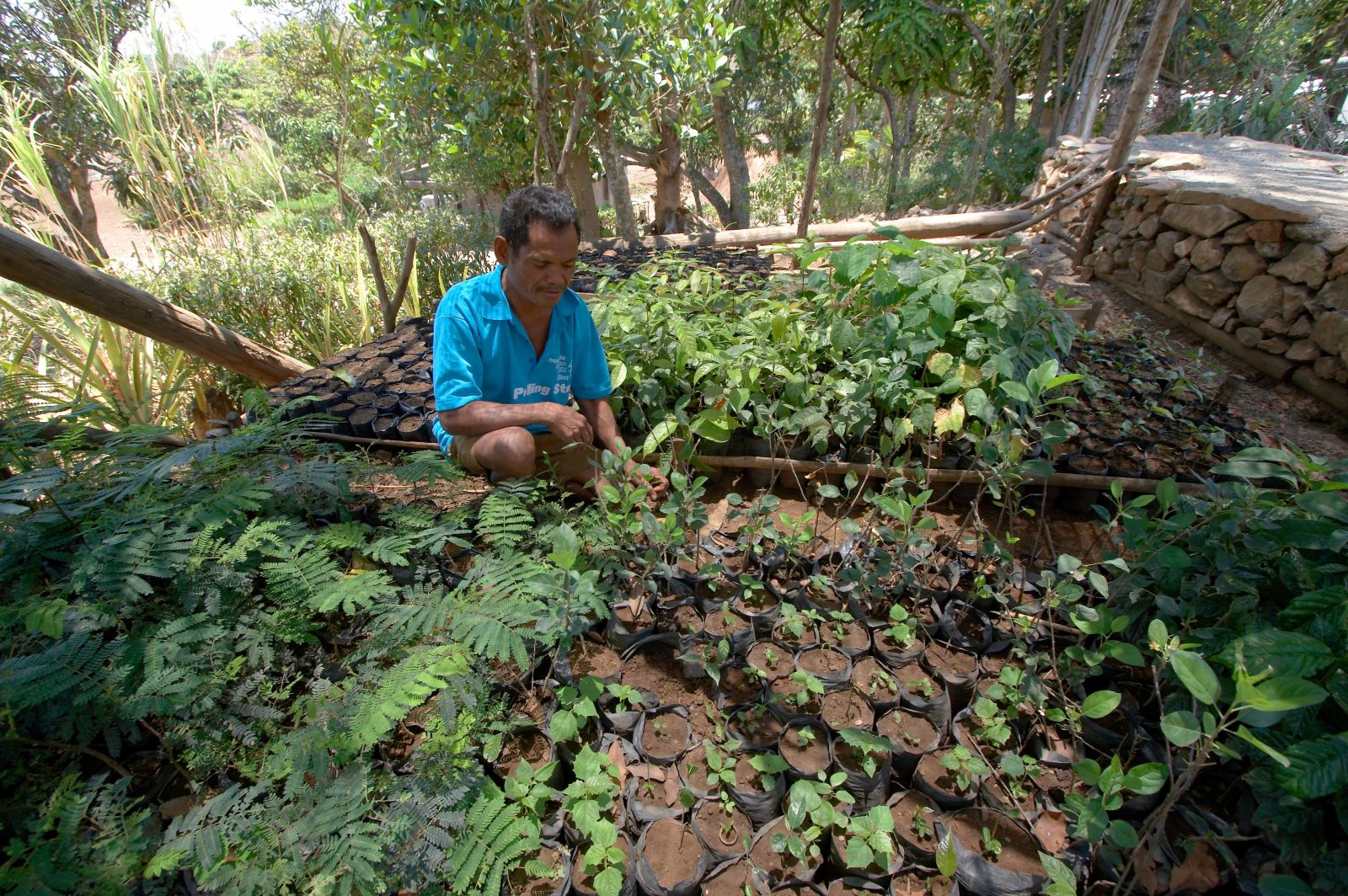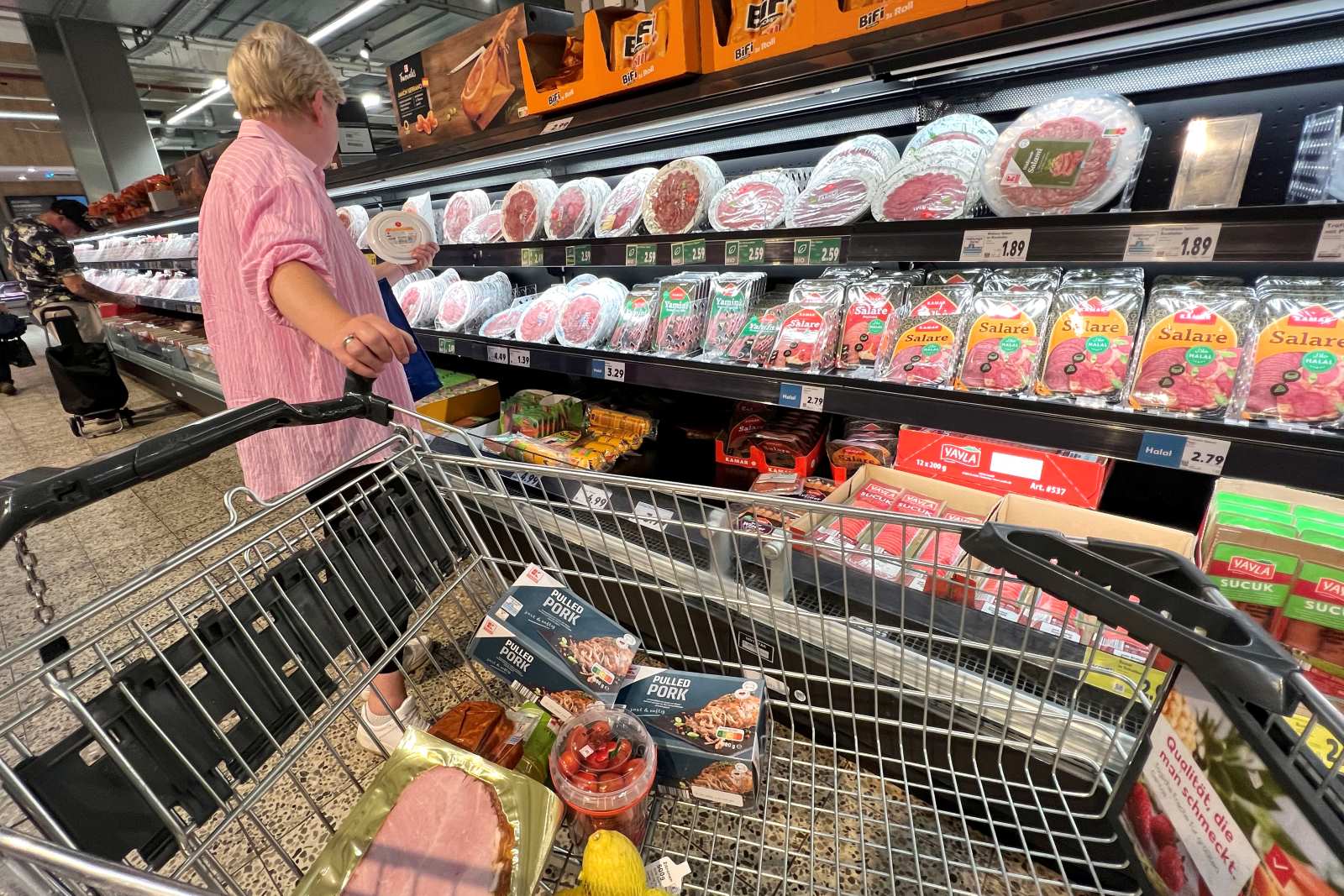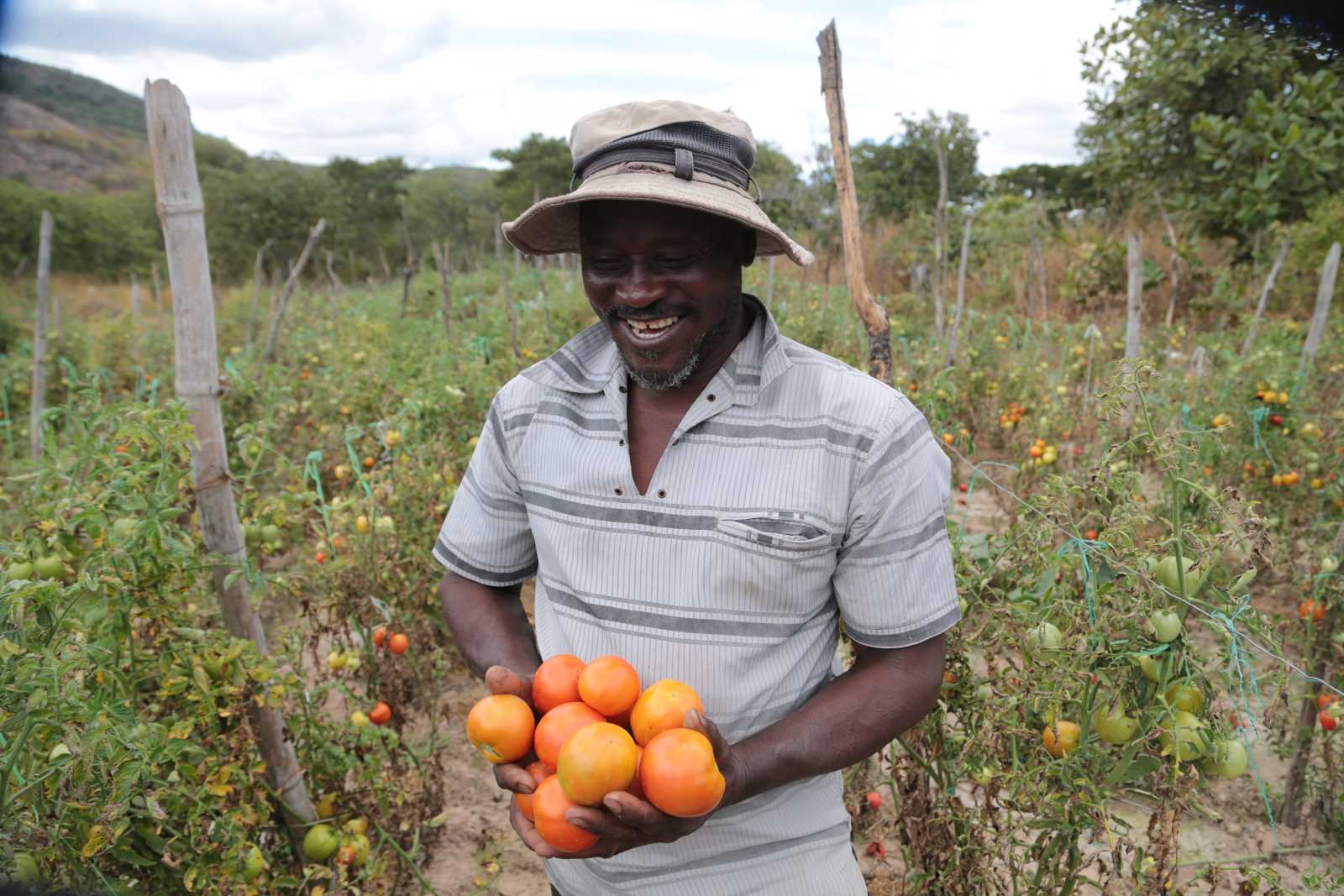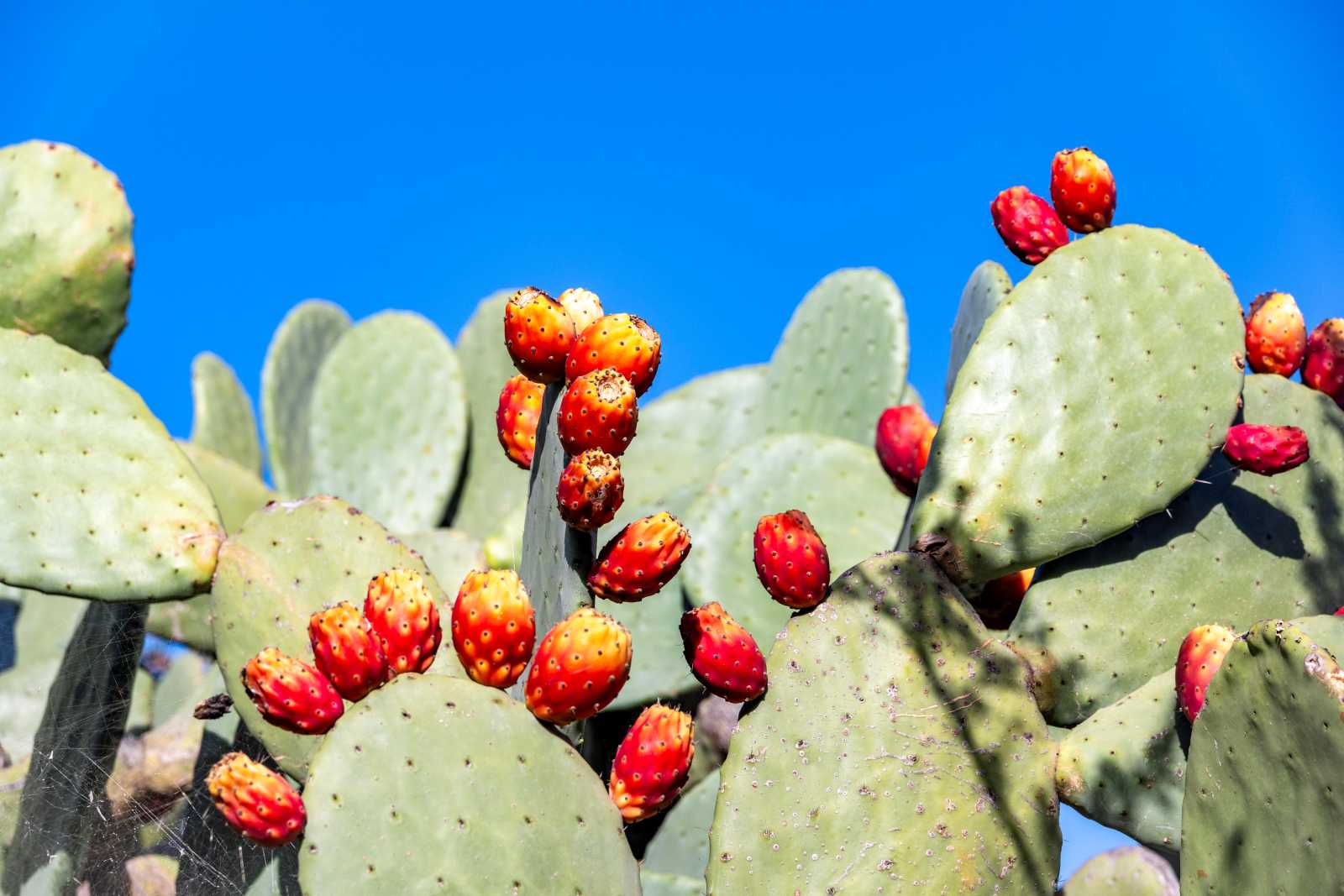Nutrition
How sustainable agriculture benefits from moderate animal husbandry
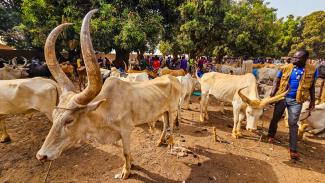
How does global agriculture need to change to feed a growing world population on a sustainable basis? The debate on this issue is dominated by two camps. One calls for food production to be made more environmentally friendly and resource efficient. Its advocates focus on cutting-edge technologies such as precision fertilisation systems, higher-yielding varieties and more feed-efficient animals.
The other camp prioritises the need to change food consumption. Their goal is to establish a plant-based diet worldwide wherever possible – or even dispense with livestock farming altogether and create a vegan lifestyle.
However, there is much to be said in favour of a third approach: retaining livestock farming and aligning it so that it does not compete for land and resources needed for human food crop production. Livestock would be exclusively fed foods that are neither fit nor suitable for human consumption. This third approach would avoid many of the negative impacts of intensive land use, especially those resulting from industrialised livestock production. At the same time, the advantages of moderate livestock farming would be preserved.
Competition for land
At present, at least 280 million hectares of arable land worldwide is used exclusively or predominantly to grow feed crops for animals – and that does not include the problematical cultivation of soya. Much of the land used for feed production could be put to more efficient use, either by growing food for humans, helping mitigate climate change or preserving biodiversity.
Studies show that the least amount of agricultural land is required for human nutrition if a small proportion of this nutrition consists of animal-based food. However, the feed of these animals must not compete with human food. Less arable land would be needed than at present and even less than with a vegan diet. The reason for this is that in the vegan system, large quantities of biomass such as grass and crop residues are not processed into food by animals. The food thus lost would therefore need to be grown, which would require additional, suitable land.
Moreover, where populations are growing, more low-yield land needs to be harnessed for food production. In many cases, however, the land that is available is not suitable for arable farming; it can only be used for animals.
If livestock farming were to be practised without competing with food crops, important high-quality proteins would still be available for human nutrition. However, the number of farmed animals would decline sharply over the long term, so high-quality proteins would be available to a much lesser extent than at present. Consequently, dietary behaviour would need to change considerably, especially in the global north.
High-quality food from grass and left-overs
Livestock farming’s critics put forward various arguments. Apart from voicing ethical concerns over animal welfare, for example, they insist that animals – especially ruminants – are poor feed converters. The nutrient input required to produce meat, milk and eggs is too high, they claim; those nutrients would be better used directly for human consumption. This is basically true if one looks only at energy or protein conversion rates from feed to food.
However, it is also important to consider how much of the feed would actually be edible for humans. Ruminants in particular, such as cattle, sheep and goats, can utilise feedstuffs such as grass and crop residues that cannot be digested by humans. So, to produce the same amount of dietary protein as pigs or chickens, ruminants require only one third of the feed that could be used for human consumption. Generally, pigs and chickens can convert feed into dietary protein more efficiently than ruminants; however, they are more demanding in terms of feed quality.
Studies also show that pigs and chickens in backyard farms – as can be found in many regions of the global south – present relatively little competition for human food resources. After all, they are also fed largely on waste and scraps. Industrialised livestock farms, on the other hand, need to add more feed protein, which could be used for human consumption.
Another criticism of livestock farming concerns greenhouse gas emissions. Ruminants, in particular, produce methane, a gas that has a highly harmful impact on the climate. If animal feed did not compete with food, however, there would be fewer animals, so greenhouse gas emissions would at least be lower than at present. In addition, climate experts are currently re-evaluating ruminant methane and do not call for net-zero emissions for methane from living organisms.
Nevertheless, it is of course important to take every opportunity to make livestock farming’s climate and environmental footprint as benign as possible. The practice of systematically building up humus on agricultural land offers great potential for this. Humus is formed by incomplete decomposition of organic matter in the soil. It stores CO2 and improves soil fertility. Livestock farming offers a number of opportunities for supporting humus formation. Examples include certain forms of pasture management and the use of perennial clover-grass mixtures in crop rotations.
Another argument in favour of moderate livestock farming is that it can increase food security and productivity as part of an agricultural mix. In lower-income regions of the world, many rural households derive their income from mixed forms of farming, including livestock production. Another important aspect, which also applies to Europe, is that livestock maintains valuable biotopes such as meagre meadows and floodplains, thereby promoting biodiversity.
Moderate, non-competitive livestock farming could one day help reliably feed 10 billion people, make efficient use of land and protect the environment. However, the industrialised agricultural system is still a long way from achieving that – not least because of eating habits in affluent parts of the world.
Literature
Jäger, C., 2024: Vegane Irrtümer – Warum wir auf gute Tierhaltung nicht verzichten können. Marburg, Metropolis-Verlag.
Cornelie Jäger is a veterinarian and writer. She was the first state animal welfare commissioner of the German state of Baden-Württemberg.
autorin@cornelie-jaeger.de

